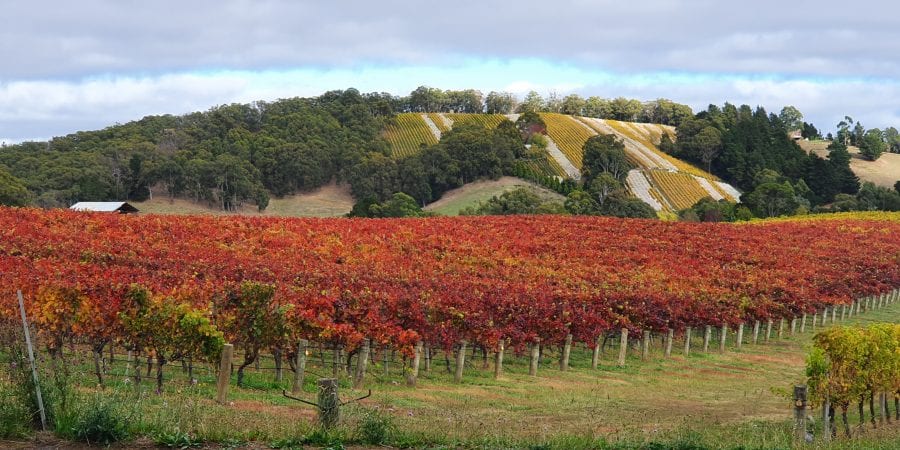(… another of my all-time favourites (even if it does feature a harpsichord!). I’ll wait again while you have a listen.)
So, I might have made a rod for my own back this week.
Last night I was engaging in some important market research using various digital channels and social media platforms….
… ok, if you really have to know, I was trawling through facebook while watching The Tiger King on Netflix.
Whatever you want to call it, I came across a post from one of our good Somerled friends (to protect his identity, let’s call him Bill). Bill asked an interesting question…
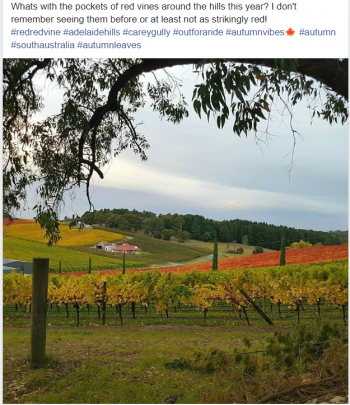
And I thought… you know what? I have absolutely no idea what the answer is, but I’m going to find out!
So, fingers crossed I can come through with the goods…
… because there are now several people following his Facebook post hoping for an answer!
He’s right…
If you live in the Hills or even saw some of the photos I posted last week (which don’t actually do the intensity of colour justice), then you’d agree with Phil (I mean Bill!)…
The colour this year is particularly stunning…
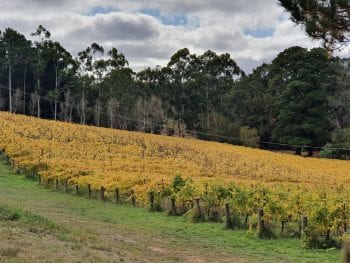
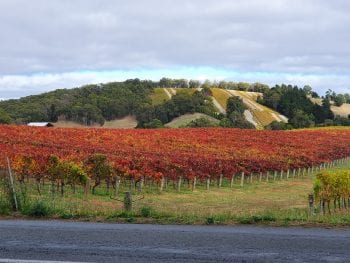
But what you’ve probably also noticed is that it’s not just the vines putting on this gorgeous show.
I’ve been going for a lot more walks of late and everywhere you look the yellow and reds, in particular, are so vibrant.
But why?
OK, OK… I’m getting there.
The answer my friends is…
WEATHER
… and a simple chemistry lesson.
Chlorophyll is the stuff that makes leaves green (and enables plants to use sunlight to create their own food). As days become shorter and temperatures drop, chlorophyll production slows to a stop and the other pigments in the leaves get a chance to show themselves.
As I mentioned a couple of weeks back, the two primary pigments are…
- carotenoids that produce orange, yellow, and brown colors, and
- anthocyanins that are responsible for resplendent reds.
The orange pigments (carotenoids) are present in leaves year-round and get to shine when the green chlorophyll takes a break. Because the orange pigments are constant, their presence when autumn comes around is pretty predictable.
However, it’s the red pigments (anthocyanins) that are created in the autumn in response to light, plant chemical changes, temperature, and water supply. This is where weather comes into play.
Warm days and low temperatures (above freezing) at night boost the production of the red pigments, producing a more dazzling display. Early frosts weaken the colors though.
So the weather which makes for the most brilliant colours is…
“a succession of warm, sunny days and cool, crisp but not freezing nights seems to bring out the most spectacular color displays.” (US Forest Service)
Moisture also plays a role. “A late spring, or a severe summer drought, can delay the onset of fall color. A warm wet spring, favorable summer weather, and warm sunny autumn days with cool nights should produce the most brilliant autumn colors.”
(Thanks to a lovely site called Gardenista for helping with the answer!)
Makes sense…
We have been experiencing some gloriously sunny and warm days of late. But the nights have been cold enough for the fire. So pretty much perfect weather in my book!
The other part of the equation is rain. Other than January we haven’t had much rain to speak of at all. Luckily for the vines though, they’re irrigated. So, they get plenty of moisture to make those colours shine!
What’s with the different colours in the same vineyard though?
If you look back at Bill/Phil’s (whatever his name is) original photo you can see a lot of different colour throughout the vineyard. In some vineyards you can even see just a couple of rows which are completely different colour to the remainder of the rows.
Mostly that’s just down to a varietal difference. Just like how some grape varieties ripen earlier than others, they go into hibernation at different rates too (which is usually dependent on when the grapes are picked). If you see a couple of rows in the middle of a block that are a completely different colour to the rows either side, then that’s usually a pretty good indication that those rows are a different variety.
In some cases though, like what you can see in the foreground of this photo (sorry, I wish I had found a better example for you)…
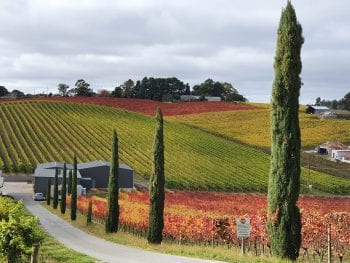
… the difference in colour is probably more a nutritional or pest/disease control issue. Maybe the soil there is a little different? Maybe the first few rows didn’t get the right dose of fungicide at the right time? Maybe those rows just aren’t quite as healthy for whatever reason.
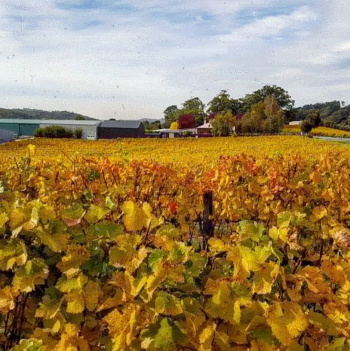 To finish off here is another great photo from our resident (most Friday night, some Saturdays and Sundays!) photographer and inspiration for this week’s blog. Thanks, Phil Foreman!
To finish off here is another great photo from our resident (most Friday night, some Saturdays and Sundays!) photographer and inspiration for this week’s blog. Thanks, Phil Foreman!
Loving our blog? Sign up for weekly updates straight to your inbox here.
Put that social isolation time to good use…
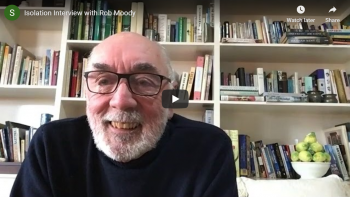 If you haven’t caught up on my interview with Rob last week, you really should! OK, it’s a tad on the long side but there is no Friday night football on tonight so what else are you going to do? If you don’t watch, you’re going to miss the following highlights…
If you haven’t caught up on my interview with Rob last week, you really should! OK, it’s a tad on the long side but there is no Friday night football on tonight so what else are you going to do? If you don’t watch, you’re going to miss the following highlights…
- me looking really baffled by the technology at the start
- Heather crashing around in the background making pumpkin soup
- me rudely interrupting Rob to answer my own question
There is also some interesting stuff in there too!
Rob gives us some insider knowledge on…
- new wines about to hit the shelves
- the fate of that Graciano I was telling you about a few weeks back (which I hope to talk a bit more about next week)
and the all-important question…
- how he is managing to make wine from home?!
